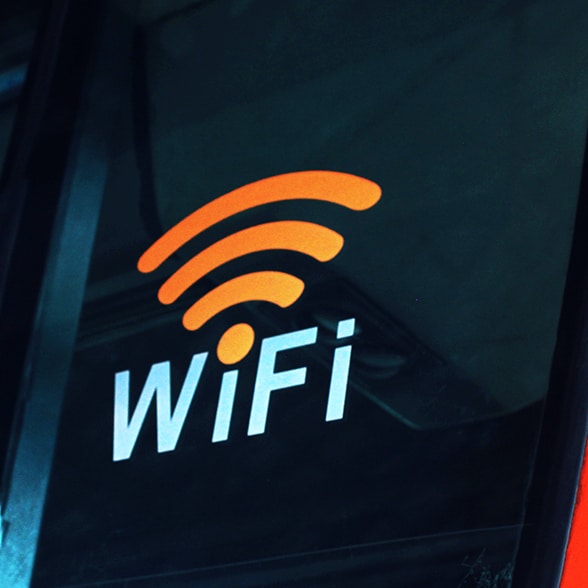 Ultra-high-speed broadband gained further momentum today with an announcement from Calix that the company will support increased capacity and 10 Gbps connectivity on its popular E-Series broadband access equipment. To enable the capability, based on the ITU/FSAN NG-PON2 standard, customers will install new line cards for the E-Series.
Ultra-high-speed broadband gained further momentum today with an announcement from Calix that the company will support increased capacity and 10 Gbps connectivity on its popular E-Series broadband access equipment. To enable the capability, based on the ITU/FSAN NG-PON2 standard, customers will install new line cards for the E-Series.
“Demonstrations of both NG-PON2 with tunable TWDM wavelengths and fixed wavelength 10G PON will take place this fall,” said Michael Langlois, Calix senior vice president of systems products, in a press release issued today.
TWDM uses time and wavelength division multiplexing to boost the speeds of fiber-to-the-home infrastructure.
Calix also touted the ability of its previously announced GigaCenter customer premises equipment and Compass cloud-based software to enhance NG-PON2 capabilities. GigaCenter combines the functionality of an optical network terminal, home gateway and high-speed 802.11ac Wi-Fi access point. Using the three offerings together will enable service providers to detect issues such as device bandwidth contention and sub-par Wi-Fi performance “before they manifest themselves to subscribers,” Calix says.
10 Gigabit Broadband Momentum
Although 10 Gbps to the home might seem like overkill at a time when network operators are just beginning to deploy gigabit service, Calix argues in today’s press release that a rise in cloud-connected devices streaming and sharing rich multimedia content will place “enormous pressure” on existing access infrastructure.
Several other FTTH equipment manufacturers – including Adtran and Alcatel-Lucent – also have announced NG-PON2 capability. And an Adtran executive told Telecompetitor several weeks ago that many major network operators have been looking closely at NG-PON2 in the last 12-18 months.
Langlois said Calix made significant contributions to the NG-PON2 standard, including “key submissions that will reduce deployment costs and technical complexity and assure 2.4 [Gbps] GPON coexistence.”
The total bandwidth for an individual NG-PON2 system is 40 Gbps.

